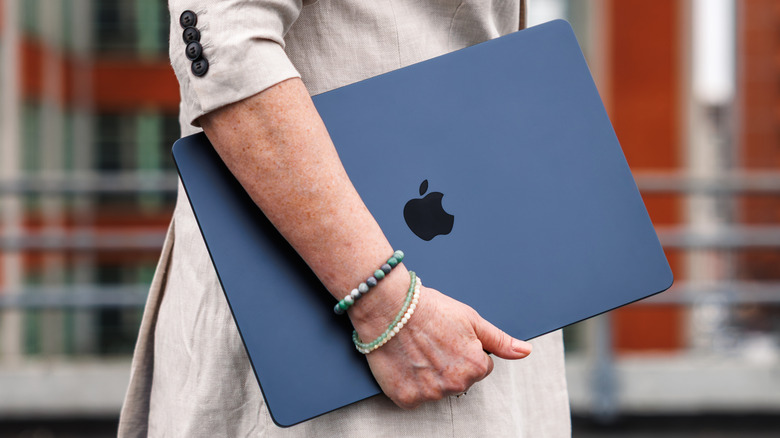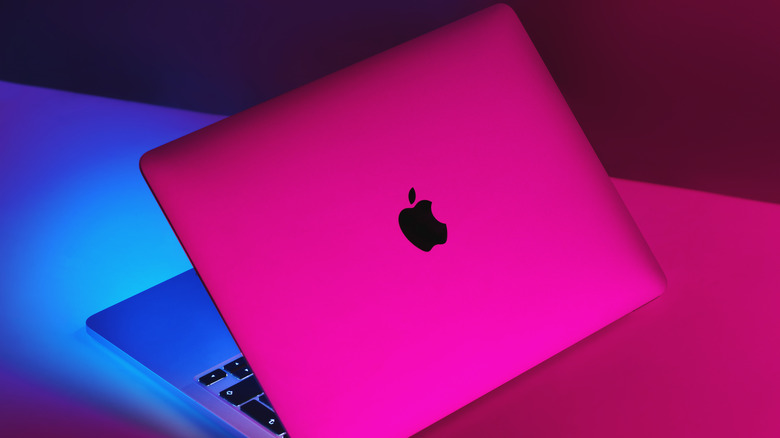Apple's Rumored Hardware Plans For 2026 Are Exciting, But I'm Worried About What's Missing
Apple is still a few weeks away from its grand fall launch event, where the iPhone 17 series will be revealed, alongside a bunch of other devices. But it seems the company's 2026 product portfolio is the one worth waiting for. According to Bloomberg's Mark Gurman, the company is planning a barrage of fresh hardware across the Mac, iPhone, and iPad lineups next year.
In spring next year, Apple will introduce the iPhone 17e, a successor to the iPhone 16e that was introduced earlier this year, featuring Apple's first in-house modem. Currently under development, carrying the codename V159, the upcoming budget phone will shift to the new A18 processor, which currently powers the mainline iPhone 16 series smartphones. The design will reportedly be similar, to which you can expect a notch atop the display and a single rear camera.
Coming to the iPads, Apple is planning a 12th-generation baseline model (J581 and J582), alongside upgrades for the iPad Air and Pro variants. The entry-level model will carry the same design as its predecessor, but will adopt a new silicon. The iPad Air, likewise, will switch things around internally and move to the M4 silicon, but there are no other major changes in the pipeline. As for the flagship iPad Pro, it will be upgraded to the M5 processor in the second half of 2025. Since Apple shifted to a new ultra-sleek design language in 2024, it's unlikely we are getting a fresh look next year.
The Mac is eyeing a big overhaul
The more exciting bits of Apple's 2026 product cycle are reserved for the Mac family. Apple is reportedly eyeing an M5 silicon refresh for the MacBook Air as well as the MacBook Pro family. Early next year, according to Bloomberg, the company will introduce 14-inch and 16-inch MacBook Pro models. Interestingly, these will be the last "Pro" laptops carrying a design that was first introduced in 2021, easily identifiable by a notch on the display and an all-black keyboard deck. Unfortunately, they would still stick a mini-LED panel. For the rumored OLED MacBooks, buyers will have to wait for another product cycle.
As far as the MacBook Air goes, Apple has two models — J813 and J815 — in development. The entry-level laptops will also move to the upcoming M5 processor and will reportedly hit the shelves early next year. Apple is also said to be working on a long-overdue refresh for the uber-expensive Mac Studio Display. Whether Apple switches to a new size or introduces more options remains to be seen.
The Bloomberg report doesn't mention anything about the rumored iMac Pro or any plans for the Mac Pro. Moreover, it doesn't mention anything about an "affordable" MacBook that is said to be in development and could cost somewhere around $800 apiece, right underneath the $999 MacBook Air that goes down to $899 with a student discount. Macrumors even claims to have spotted the mention of this low-cost machine in Apple's code, featuring a 13-inch screen and four color options.
Where's the affordable MacBook?
Supply chain analyst Ming-Chi Kuo recently wrote in a research note that Apple is exploring a new laptop that will draw power from the A18 Pro processor. It's the same chip that currently powers the iPhone 16 Pro pair. Now, the concept of an affordable MacBook sounds appealing, but the idea of a mobile processor might raise some eyebrows. Well, the industry has already done it. The so-called Copilot+ laptops running Windows on Arm draw power from Qualcomm's Snapdragon X series processors. In the smartphone world, the 2025 Android flagships rely on the Snapdragon X Elite. Across the mobile and commuting platforms, the Snapdragon series processors share the same Oryon core.
The decision to put a mobile-grade processor inside a laptop isn't actually strange for Apple, either. When Apple first announced the transition from Intel to in-house M-series processors, the company showcased Mac machines running the A12Z processor, a chip that was fitted inside the iPad Pro back then. The developer kit, which ran Rosetta 2 to ease the shift from x86 to Arm architecture and looked like a Mac Mini, also featured the same mobile processor.
Apple's mobile chips are pretty powerful, and it isn't hard to imagine them powering a low-end MacBook with ease. The allure of a cheap MacBook — which combines the fluidity of Mac and reliability of Apple Silicon — served on a bargain $800-ish platter already sounds like a smash hit. Unfortunately, the latest Bloomberg report doesn't mention this mythical machine at all.


